Ancient children drew fighters on the walls with charcoal
Drawings depicting gladiators were one of the latest discoveries made in ancient Pompeii. Charcoal graffiti discovered in an ancient Roman city is believed to have been made by children.

Drawings of gladiators, believed to have been made by children inspired by watching battles in the amphitheater of Pompeii, are among the latest discoveries in the ruins of the ancient Roman city.
The Guardian reports that the charcoal drawings were found during excavations on the island. Castiamanti, a complex of houses in the archaeological park of Pompeii, which opened to the public for the first time on Tuesday.
Other drawings found on the long wall include the outline of three small hands, two figures playing with a ball, a scene of an animal being hunted, like a boar, and a scene depicting two fist fighters lying on the ground.
Gabriel Suchtriegel, director of the Pompeii archaeological park, said the drawings were likely made by one or more children who played in the courtyard before the city was destroyed by the eruption of Mount Vesuvius in 79 AD.
The director said: “Together with psychologists from the University of Naples Federico II, we came to the conclusion that the drawings of gladiators and hunters were made on the basis of direct vision, and not graphic models. They probably witnessed battles in the amphitheatre and were thus exposed to an extreme form of spectacular violence.”
Archaeologists also discovered the remains of two victims of the Vesuvius eruption, who were found near the door of the House of the Painters at Work, so named because the Pompeian house is believed to have been repainted at the time of the disaster.
Italy’s Culture Minister Gennaro Sangiuliano says: “More and more remarkable discoveries are being made in Pompeii, which confirm that [the site] is an extraordinary treasure trove.”
During excavations in April, a banquet hall decorated with well-preserved frescoes depicting characters inspired by the Trojan War was discovered, The Guardian reports. Other finds made last year included a house with a cramped bakery where enslaved people are thought to have made bread.
The ruins of Pompeii were discovered in the 16th century, with the first excavations beginning in 1748. Pompeii is the second most visited archaeological site in the world, The Guardian reports.


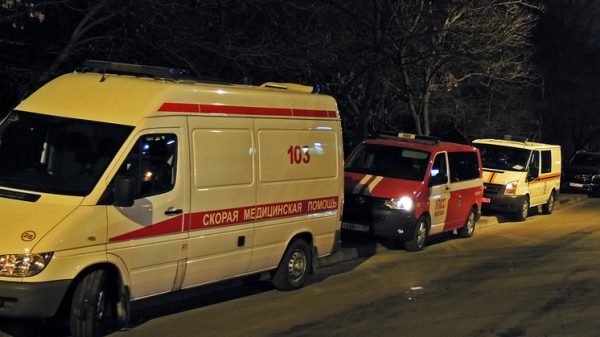
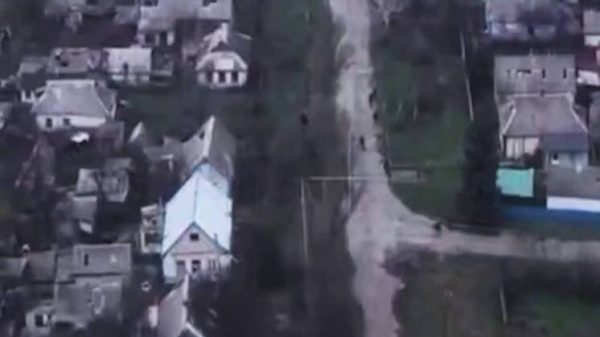







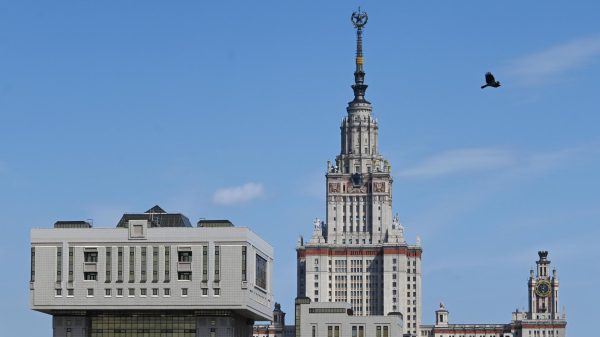

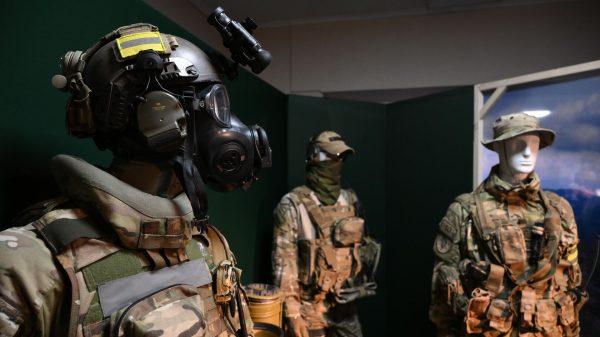


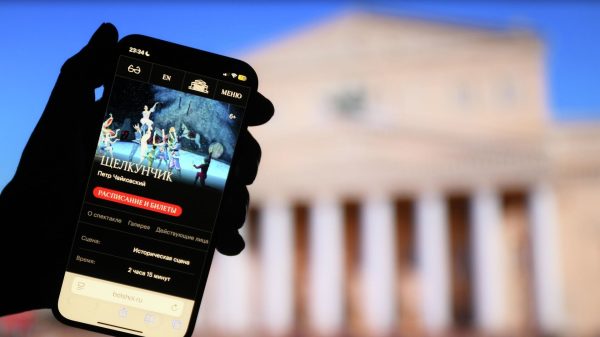

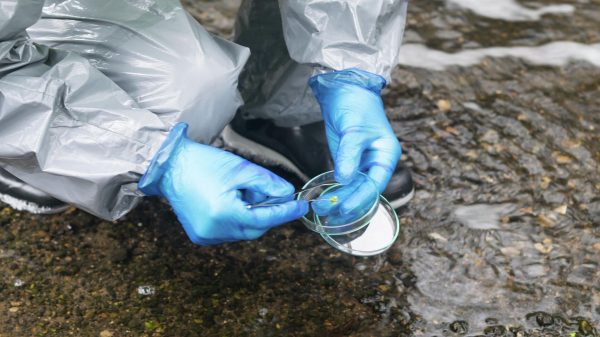
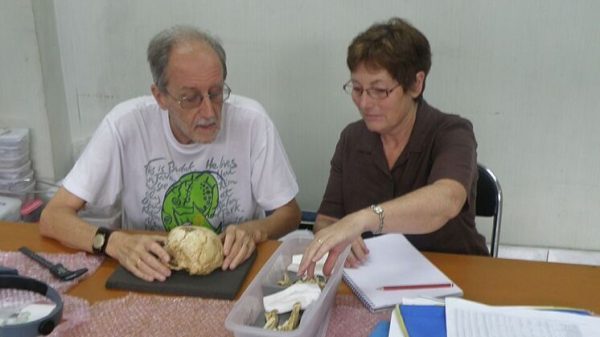

















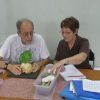



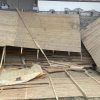





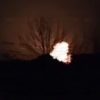


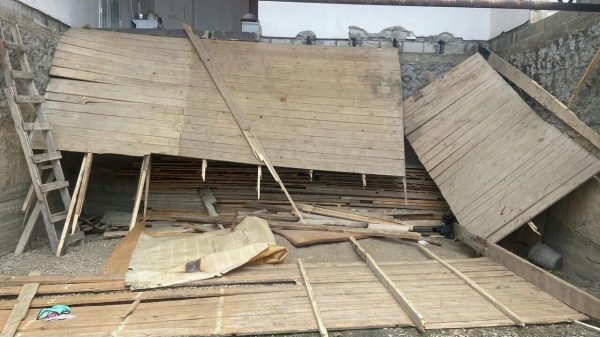
Свежие комментарии